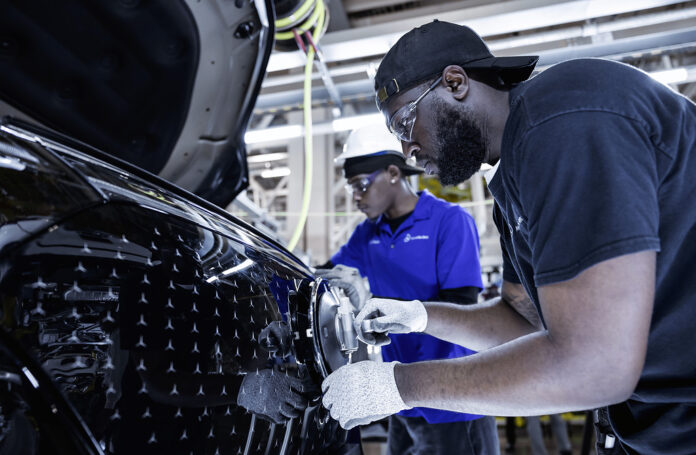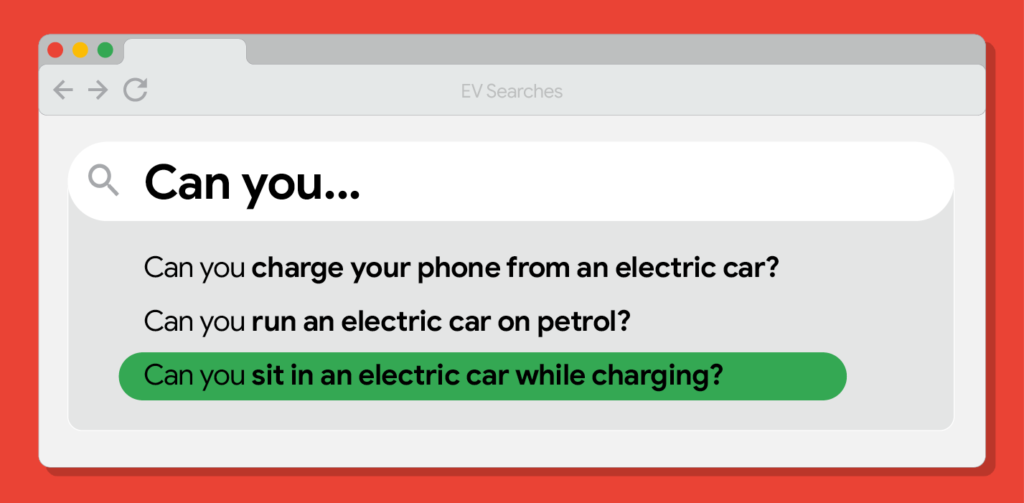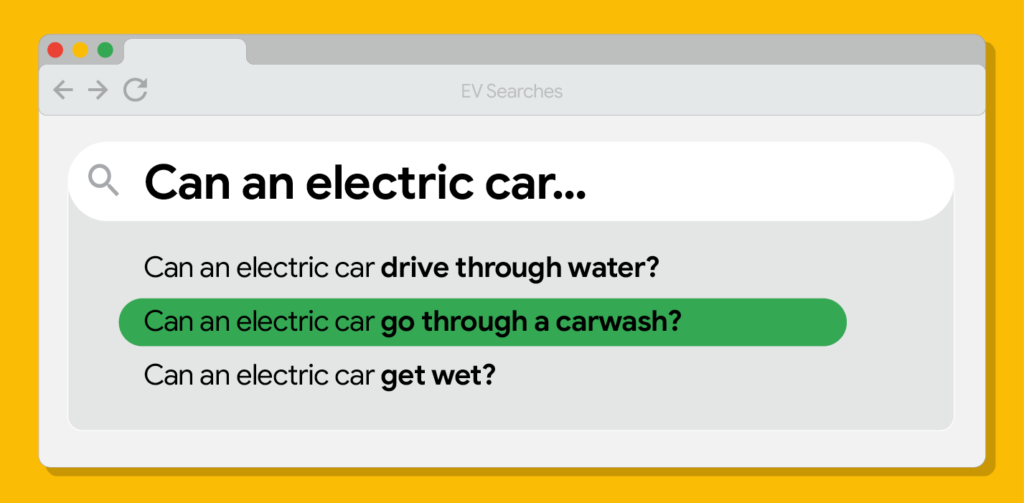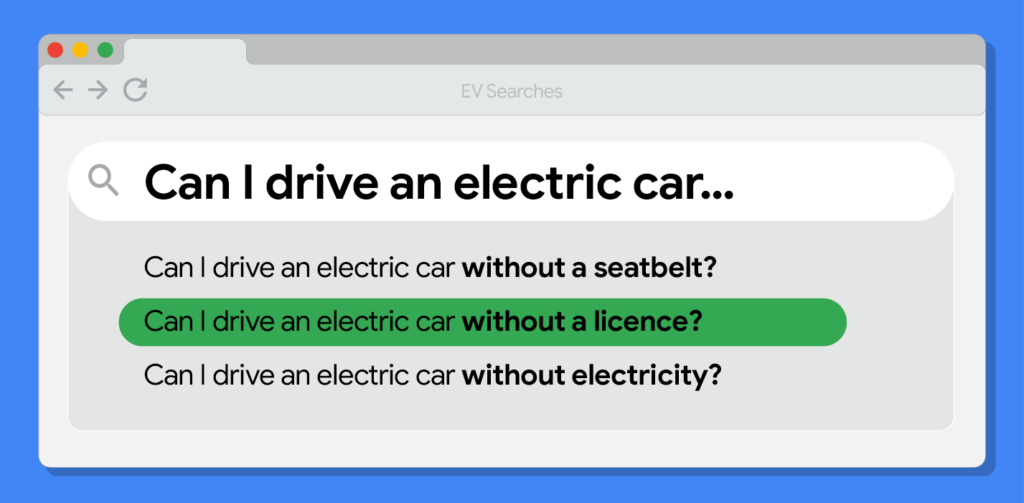By 2032, the market for electric vehicle batteries in the United States is anticipated to reach a value of over US$ 9.2 billion, up from US$ 5.4 billion in 2022, and to grow at a CAGR of 5.4% over the assessment years (2022-2032).
By 2032, it is anticipated that the U.S. market for electric car batteries would create an absolute dollar opportunity of US$3.8 billion.
Electric vehicle batteries are in high demand across the United States as electric vehicle sales increase. In the upcoming years, market expansion will be fueled by rising demand for high-energy batteries, greener and renewable power generation techniques, and product innovation adopted by manufacturers.
What Do Electric Vehicle Battery Suppliers in the U.S. Need to Keep in Mind?
“Manufacturers to Content With Stringent Lead Pollution Norms”
The U.S. has placed restrictions to curb lead pollution, which has made domestic production and recycling complicated and costly. In the United States, recyclers operate in highly mechanized, tightly sealed plants, with smokestack scrubbers and extensive monitors to detect lead release. This is restraining the growth of the batteries market in the United States.
Will Hybrid Electric Vehicles Continue Their Dominance in the U.S.?
The electric vehicle battery market in the U.S., under vehicle type, segmented into plug-in hybrid electric vehicles, hybrid electric vehicles, and battery electric vehicles.
Hybrid electric vehicles hold 42.6% market share and demand from this segment is predicted to rise at 5.1% CAGR over the decade. Hybrid electric vehicles are powered by an internal combustion engine and electric motors. They offer high fuel economy and use regenerative braking and an internal combustion engine for charging. These factors are supporting segment demand and growth of hybrid electric vehicles.
Plug-in hybrid vehicles hold 35.6% share in the market as compared to 21.8% share held by battery electric vehicles. These segments are slated to expand at 7.9% and 10.1% CAGRs, respectively, through 2032.
Competitive Landscape:
Prominent manufacturers of electric vehicle batteries in the U.S. are investing in developing new technologies to make batteries easier to operate on a zero-emission vehicle.
Market players are undertaking efforts to introduce a new world of battery technology by working on launching cobalt-free batteries to leverage technology and differentiating themselves from other competitors in the market.
For instance:
· Panasonic Corporation of North America announced a massive battery plant in the United States in 2022. The new mega-factory will make new types of EV batteries for Tesla, Inc.
· Tesla Inc. is planning to provide next-generation EV batteries and is focusing on turning to lithium iron and not lithium-ion to be the fundamental chemical engineering to power electric vehicles.
These insights are based on a report on U.S. Electric Vehicle Battery Market by Fact.MR.





































